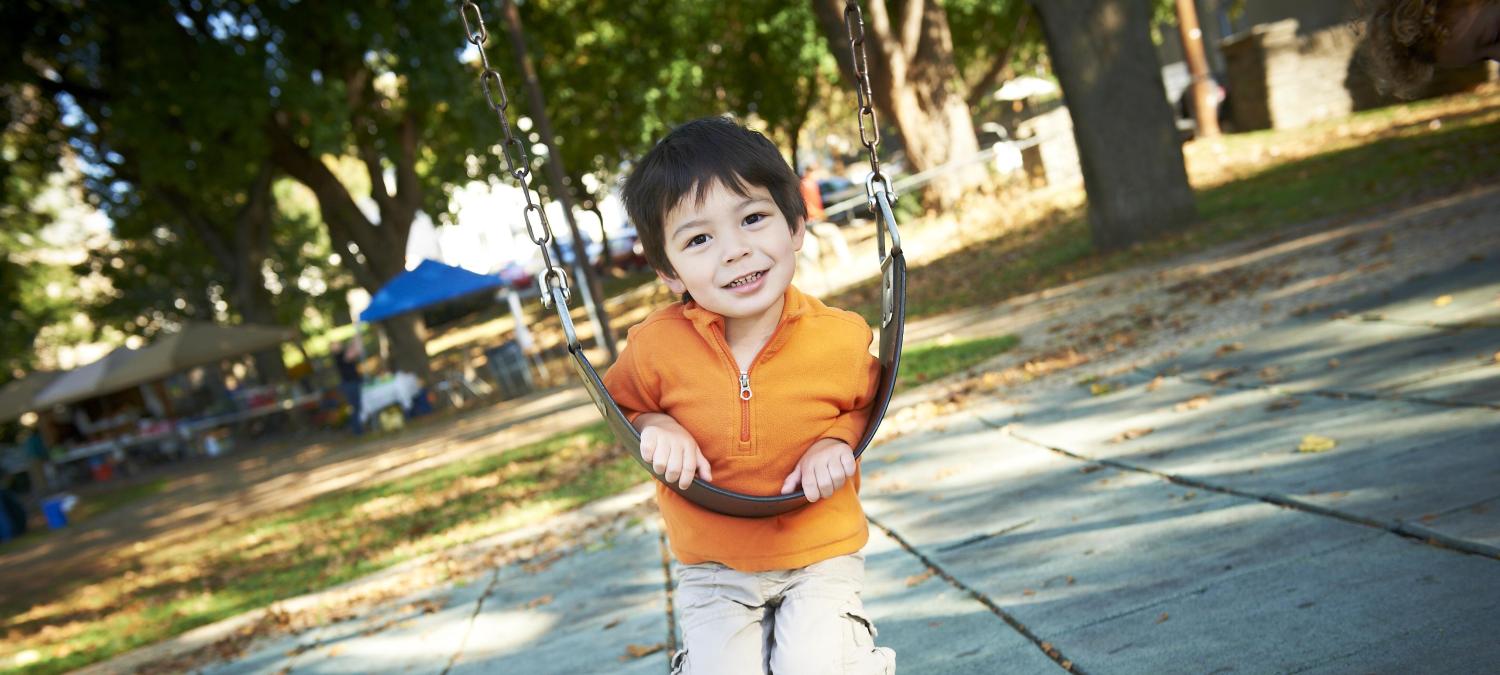

Publications
Search Tips
- Apr 2024
Objective: To test potential cognitive and interpersonal moderators of two evidence-based youth depression prevention programs.Method: Two hundred four adolescents (Mage = 14.62 years, SD = 1.65; 56% female; 71% White, 11% Black, 11% multiracial, 5% Asian, 2%…
- Apr 2024
Background: Federal legislation mandates healthcare providers to notify child protective service (CPS) agencies and offer a voluntary care plan called a "plan of safe care" (POSC) for all infants born affected by prenatal substance use. While POSCs aim to provide supportive…
- Apr 2024
Children face weight-based stigma from their healthcare providers at a disconcerting rate, and efforts to mitigate this have been scant. This study aimed to quantify pediatric healthcare professionals' attitudes and beliefs about weight stigma and to determine stigma reduction…
- Apr 2024
Adolescents are uniquely poised to benefit from telehealth due to their familiarity with technology, their increasing independence and desire for privacy. PolicyLab and CHOP research expands on previously limited data and demonstrates a clear desire among adolescents,…
- Apr 2024
Two-month-old medically complex twins are transported to your facility from out of state for escalation of their care. Both twins have a complicated medical history including limited feeding skills, complex congenital cardiac disease, genetic diagnoses, and chronic respiratory failure…
- Mar 2024
Contraception is an essential component of comprehensive sexual and reproductive health care for adolescents and young adults (AYAs) because it facilitates individual reproductive goals and bodily autonomy. This population faces unique challenges in accessing contraception at the…
- Mar 2024
CAPNET is a multicenter child abuse pediatrics research network developed to support research that will make the medical care of potentially abused children more effective, safe, and fair. CAPNET currently collects detailed clinical data from child physical abuse evaluations from 11…
- Mar 2024
We sought to elicit perspectives on HIV and sexually transmitted infection (STI) prevention among adolescents with recent STIs in primary care to optimize acceptability and effectiveness in designing a novel HIV/STI prevention intervention. We enrolled 13-19 year-olds with recent…
- Mar 2024
IMPORTANCE: Immigrant birthing people have lower rates of preterm birth compared with their US-born counterparts. This advantage and associated racial and ethnic disparities across the gestational age spectrum have not been examined nationally. OBJECTIVE: To examine associations of…
- Mar 2024
The purpose of this study was to identify factors affecting contraceptive intention and behavior among adolescent females in the pediatric Emergency Department. We conducted a qualitative interview study nested within a larger prospective cohort study examining adolescent contraceptive…